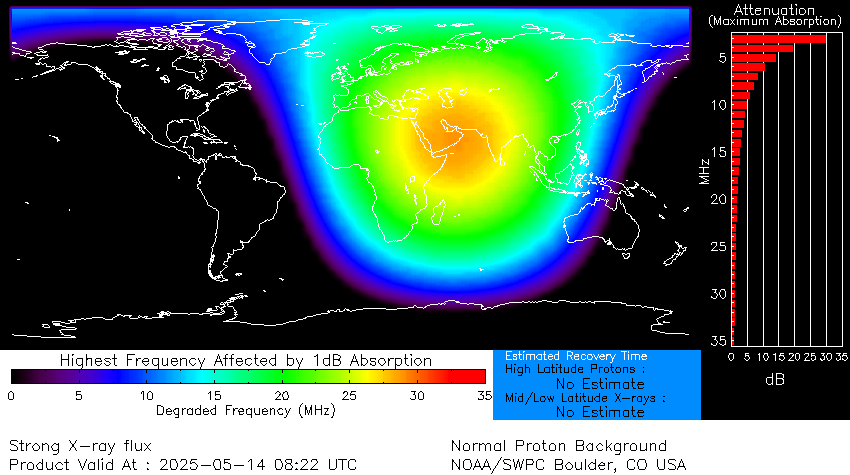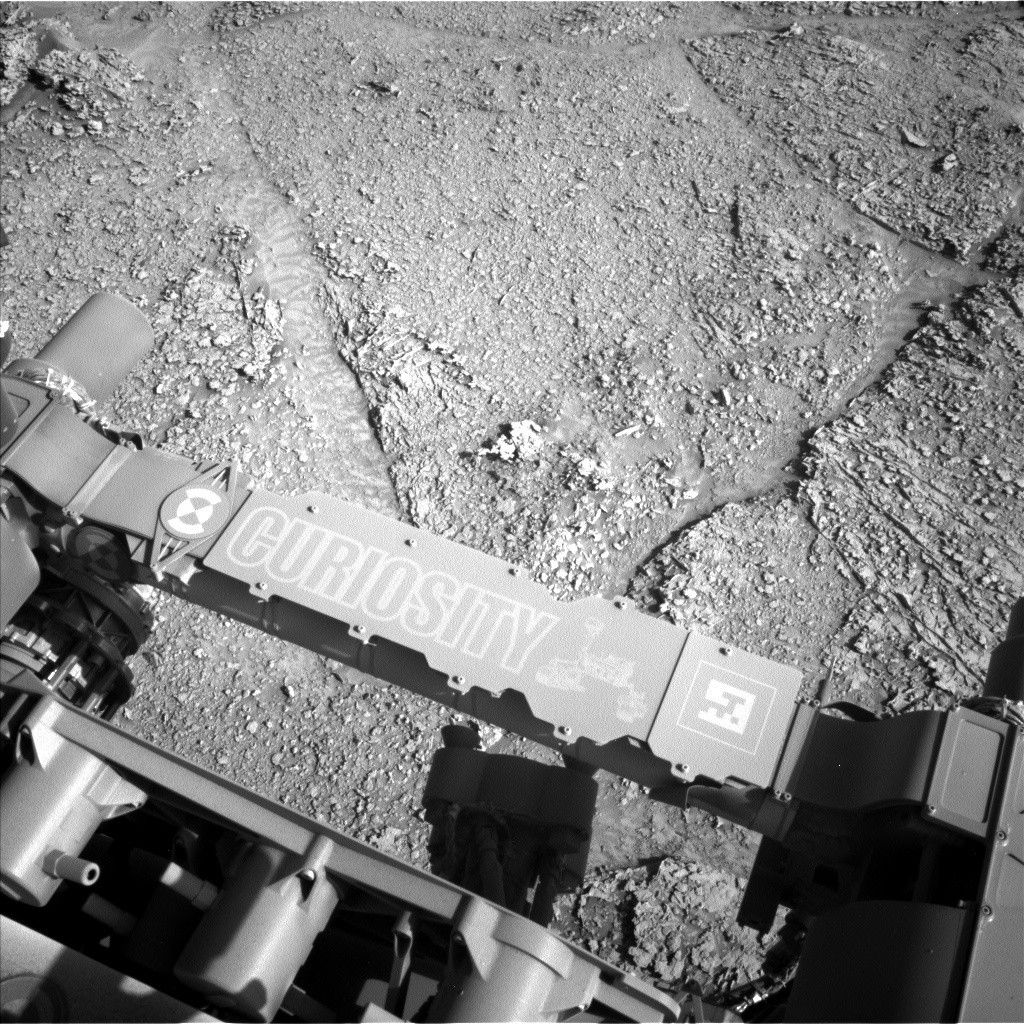The U.S. celebrates 60 years of human spaceflight, a SpaceX Starship prototype completes a successful test landing and Venus’ days are always changing. These are some of the top stories this week from Space.com.
This week marks 60 years of American spaceflight.

Wednesday (May 5) was the 60th anniversary of Alan Shepard’s historic flight as the first American spacefarer. The Mercury astronaut’s 15-minute journey was just the beginning of many U.S. space flights that continue to this day. As spacecraft have evolved and destinations have changed, the sociopolitical reality surrounding spaceflight continues to influence the decisions of agency leadership.
Full story: US spaceflight at 60: A lot has changed since NASA’s 1st crewed mission
Watching for Long March 5B’s debris.

Experts think that China’s Long March 5B rocket, which is having an uncontrolled descent back to Earth, will land sometime on Saturday (May 8). The pieces from this rocket will likely land in the ocean because it covers 70% of Earth’s surface, but no one can correctly predict where the debris may fall. Long March 5B launched in late April to deliver the core stage of China’s upcoming space station into Earth orbit.
Full story: Falling Chinese rocket debris spotted in space as White House weighs in (photo)
See also: Rocket debris from China’s space station launch is falling back to Earth — but where?
SpaceX Starship prototype lands in one piece.

For the first time ever, a SpaceX Starship prototype successfully performed all of its flight test maneuvers — including a soft landing. The Starship SN15 launched on Wednesday (May 5) from SpaceX’s facilities in south Texas, reaching an altitude of about 6.2 miles (10 kilometers). SN15’s landing is a major milestone because its four immediate predecessors blew apart after attempting similar test flights to this one.
Full story: SpaceX launches Starship SN15 rocket and sticks the landing in high-altitude test flight
See also: SpaceX’s next flight for Crew Dragon Resilience is a private launch of 4 civilians
Blue Origin opens up spaceflight seat bidding, announces target launch date.

On Wednesday (May 5), Blue Origin announced its first astronaut flight will take place this summer. Six spaceflyers may launch onboard the company’s New Shepard vehicle as soon as July 20, the anniversary of Apollo 11’s historic landing on the moon. The announcement also said that one of the six space seats would be awarded to the winner of a three-phase online auction.
Full story: Jeff Bezos’ Blue Origin will launch its 1st astronaut flight on July 20 and you can bid for a seat
Auroral ‘dunes’ get an explanation.

Puzzling “dune” auroras are new to science and happen in a peculiar location within Earth’s atmosphere. Citizen scientists first noticed the phenomena in 2016, and they were first reported in scientific literature just one year ago. These auroral ”dunes” may be the result of gravity waves interacting with oxygen atoms, according to new research.
Full story: Mystery of strange new ‘dune’ auroras solved, scientists say
Hubble spots a still-forming planet.

The Hubble Space Telescope observed the youngest-known exoplanet, and scientists are excited because they get to witness the creation of a world. Scientists studied this young 5 million-year-old body to learn about planetary formation. The juvenile gas giant exoplanet is roughly the size of Jupiter and it’s located 379 light-years from Earth in the constellation Centaurus.
Full story: The youngest exoplanet found by the Hubble telescope is the size of Jupiter (and still growing)
An orbiting telescope may help keep an eye on small space debris.

The European Space Agency (ESA) hopes to launch a project in a few years that could help monitor space debris. ESA wants to send an optical telescope into Earth orbit that helps scientists detect the sun’s reflection on space junk. The orbiting telescope would be especially helpful to monitor tiny pieces of debris that are too small to be detected by ground-based telescopes.
Full story: Europe plans to launch space telescope to monitor orbital debris
See also: Space junk is blocking our view of the stars, scientists say
NASA runs an asteroid crisis simulation.

Scientists and emergency response personnel participated in a fake asteroid crash exercise from April 26 to April 28, 2021 as part of the International Academy of Astronautics’ Planetary Defense Conference. During this exercise, participants were presented with a made-up asteroid that would crash into Earth in just six months’ time and they were tasked with dealing with the issue from discovery to impact. The conference conducts this asteroid crash simulation once every two years.
Full story: How did you spend your week? NASA pretended to crash an asteroid into Earth.
The length of a Venutian day isn’t fixed.

Variations in Venus’ spin could be causing the planet’s days to vary in length, according to new work. Scientists studied the puzzling day length of this planet by measuring the tilt of Venus’ axis, the size of its core, and the time it takes for Venus to complete one full rotation. To do so, they bounced light waves off of Venus over for more than ten years.
Full story: How long is a day on Venus? It’s always changing, new study reveals
Saturday is astronaut cleaning day.

European Space Agency (ESA) astronaut Thomas Pesquet and his crewmates disinfect space station surfaces every week, according to a call he did with journalists on April 30, 2021. Pesquet and the other crew members currently onboard the International Space Station have strict cleaning protocols in place to prevent the spread of dangerous microorganisms. Pesquet, who arrived at the orbiting laboratory on April 24, said that Saturday is astronaut cleaning day.
Full story: How do you clean a space station? Astronaut Thomas Pesquet shares orbital spring cleaning tips
Follow us on Twitter @Spacedotcom and on Facebook.


